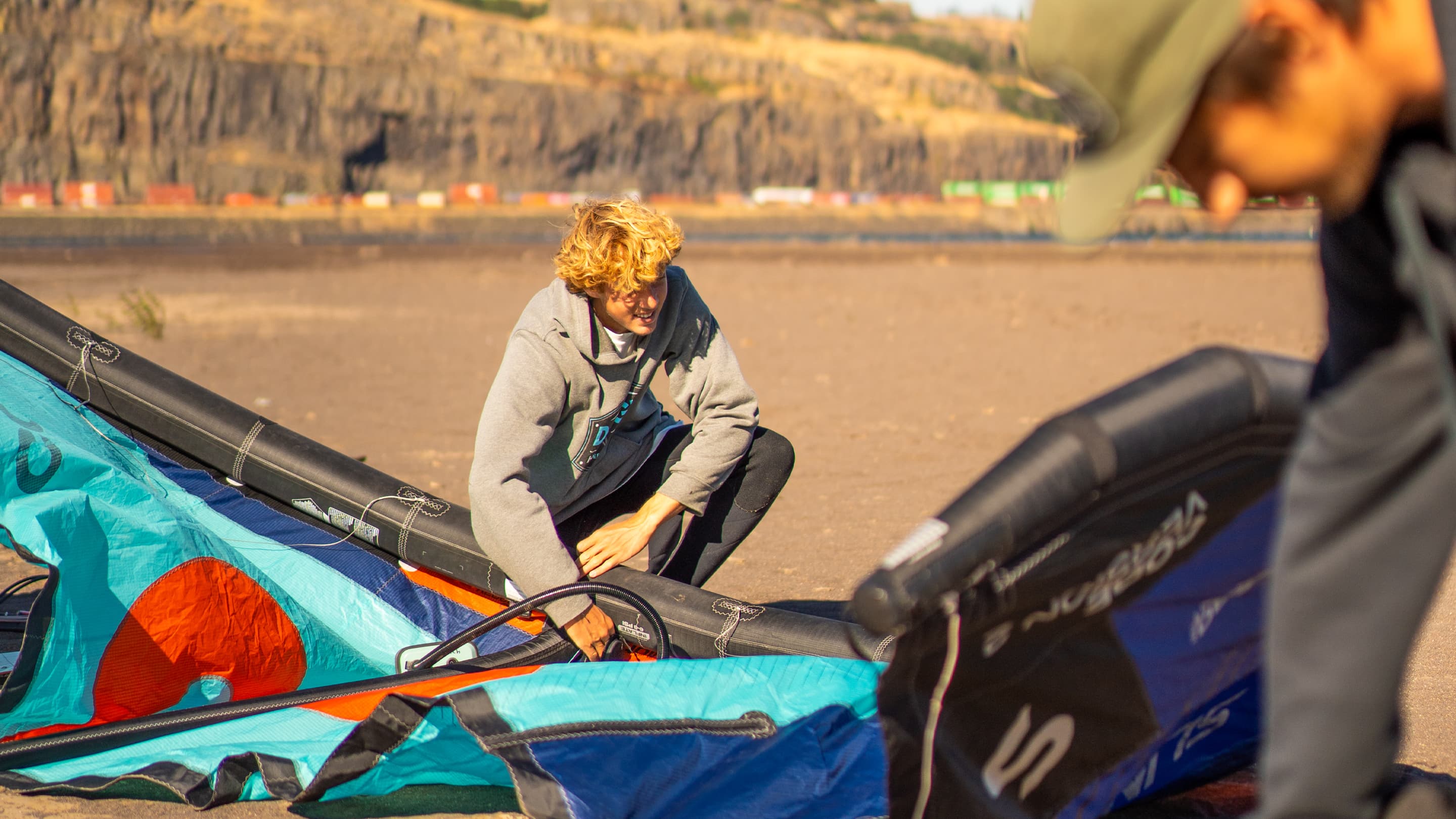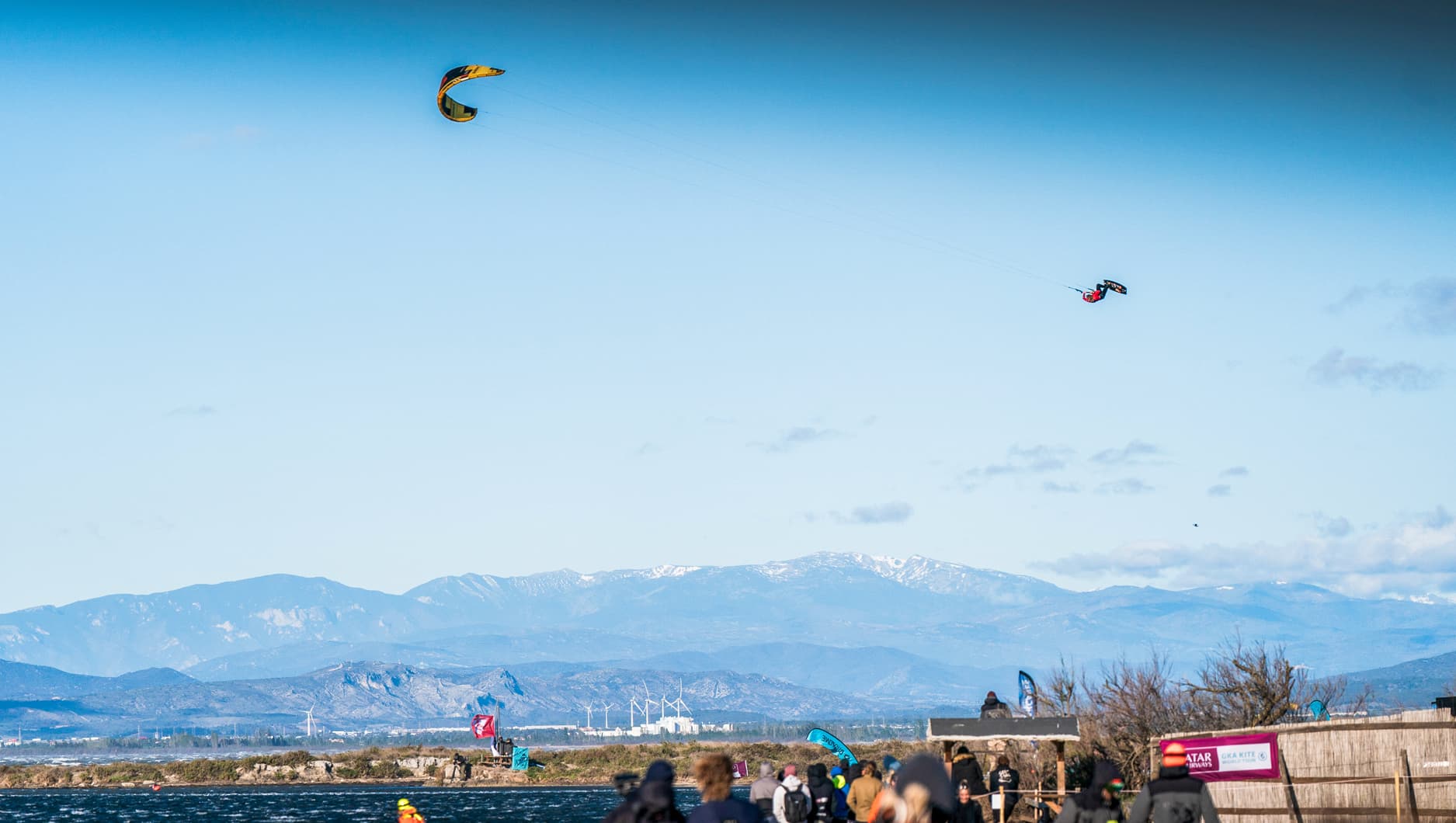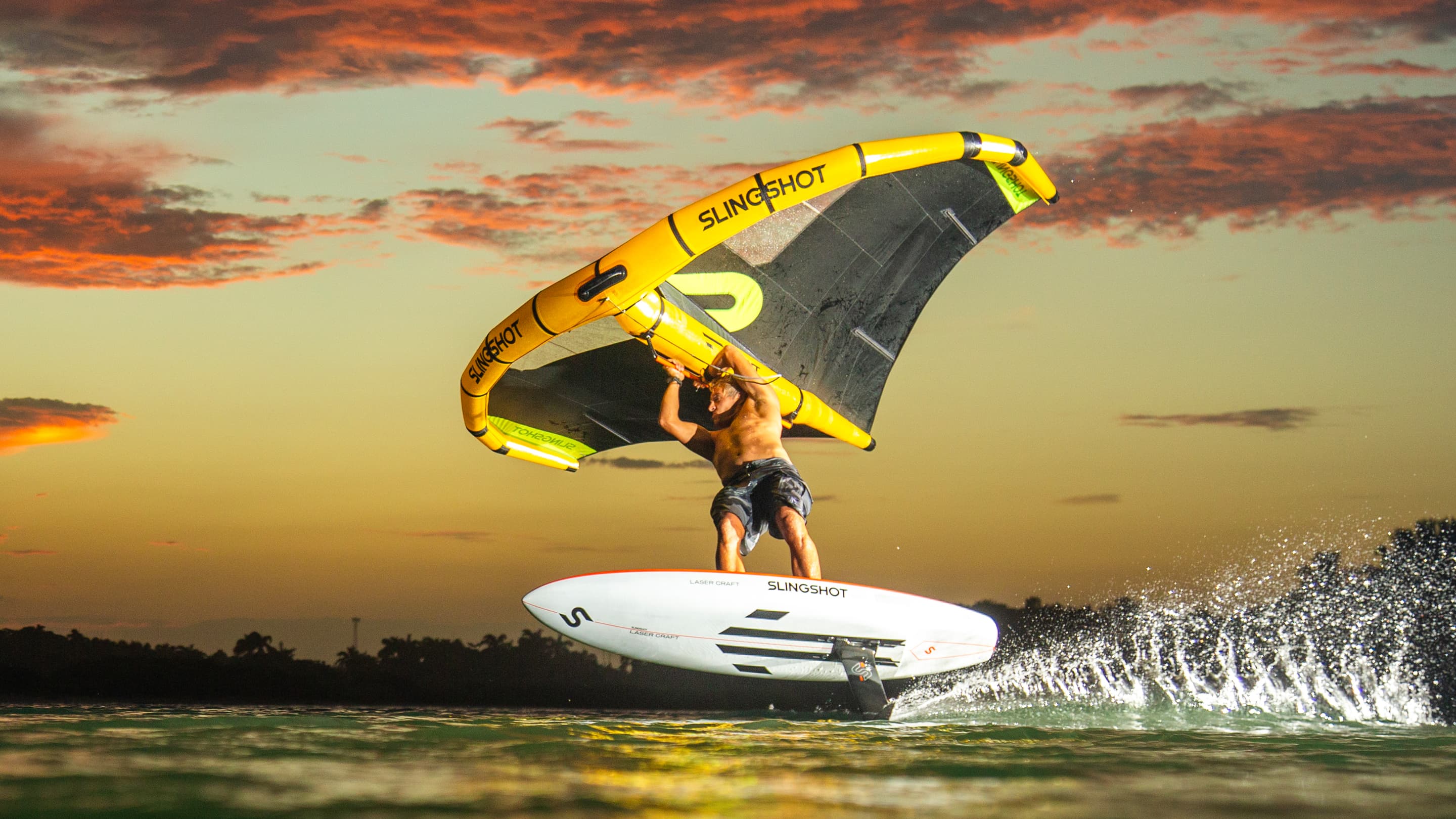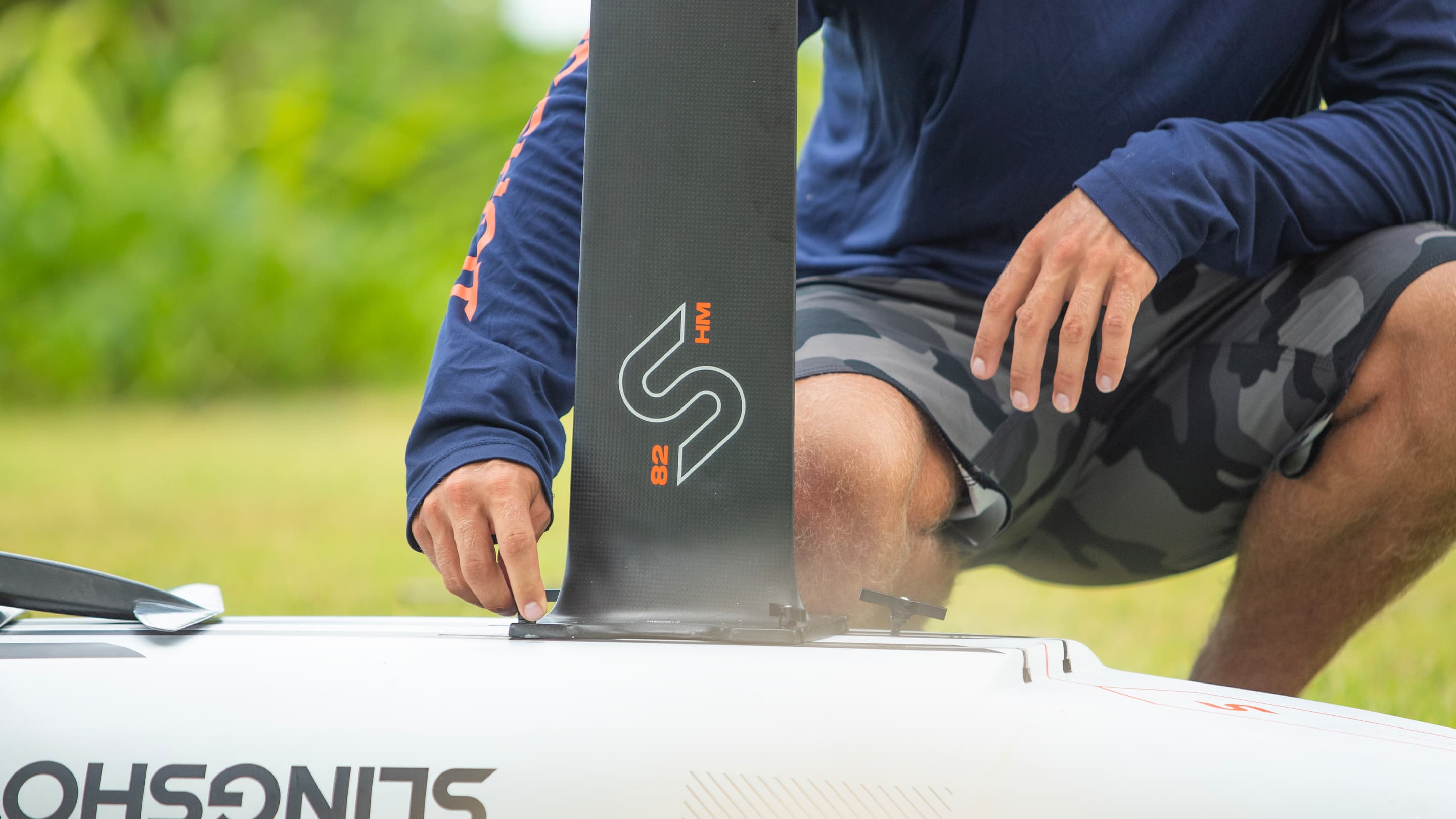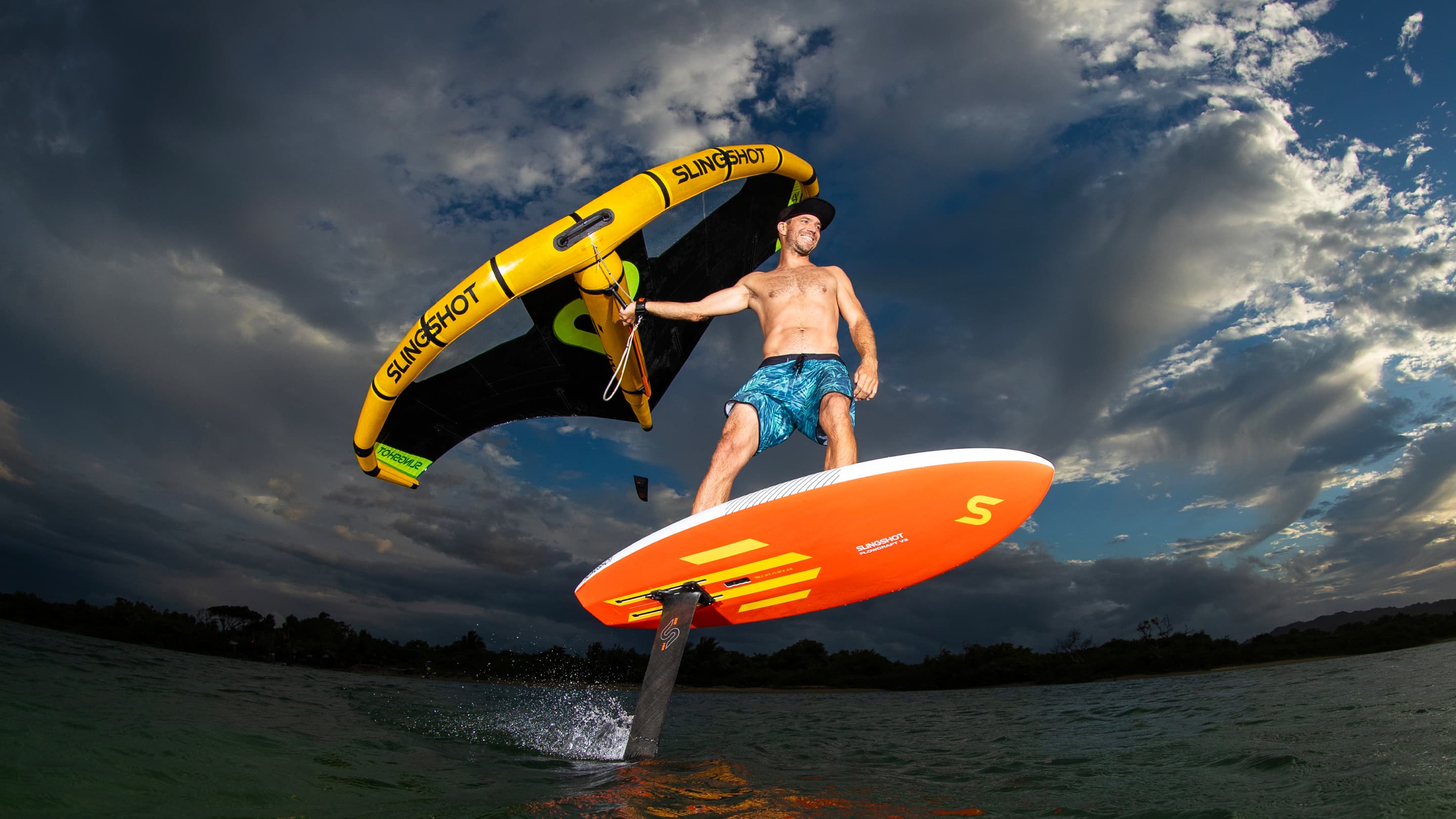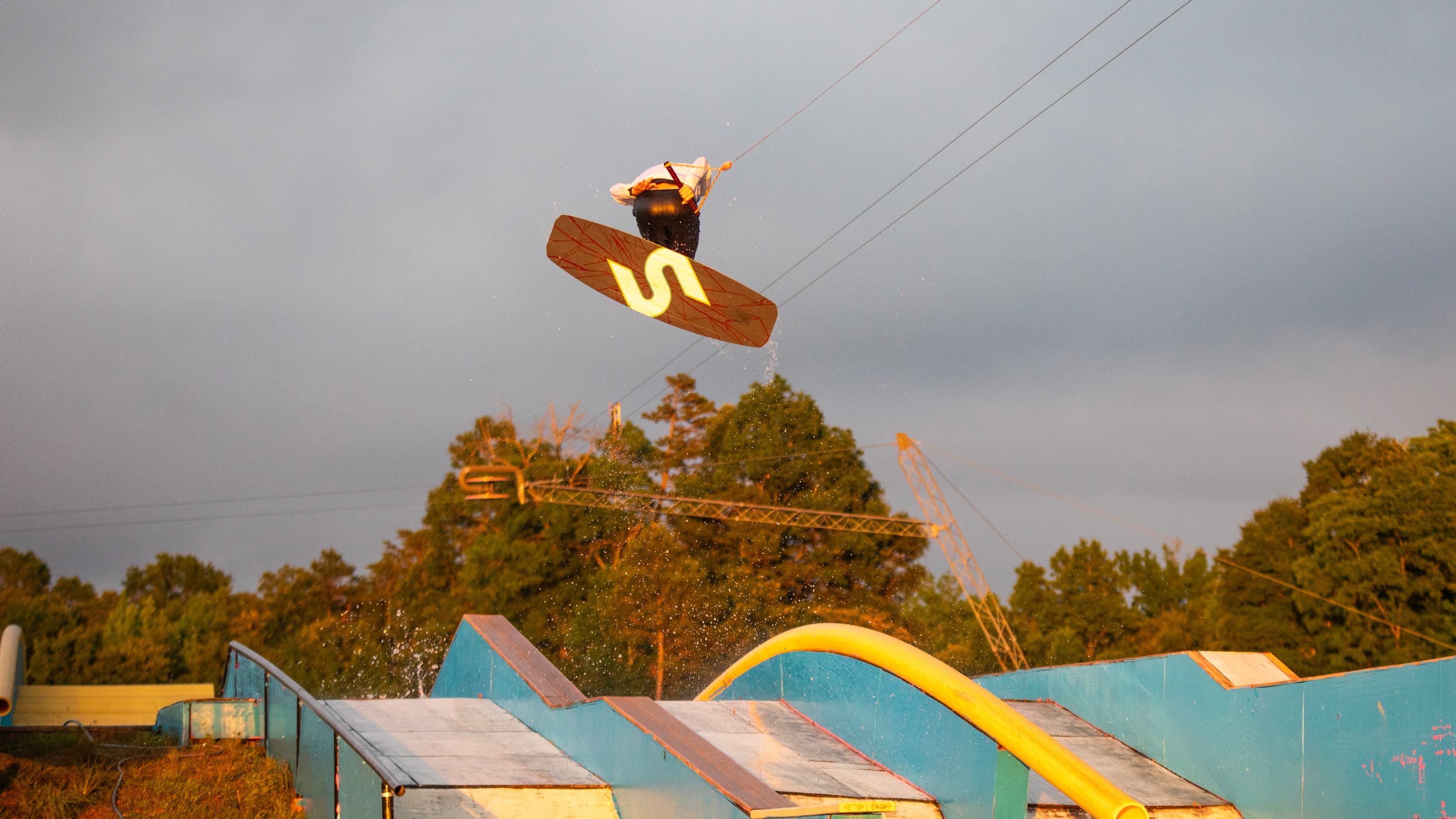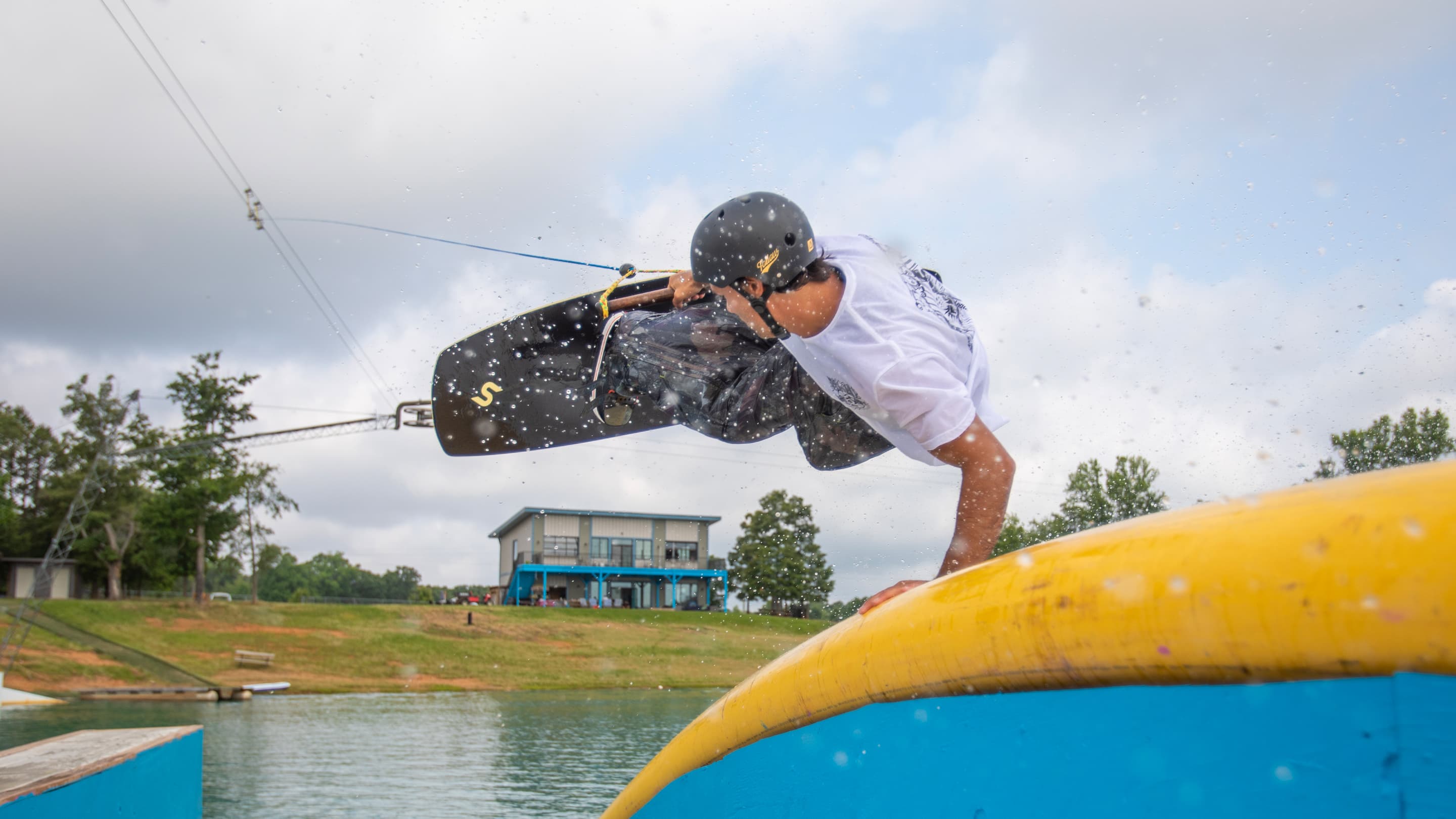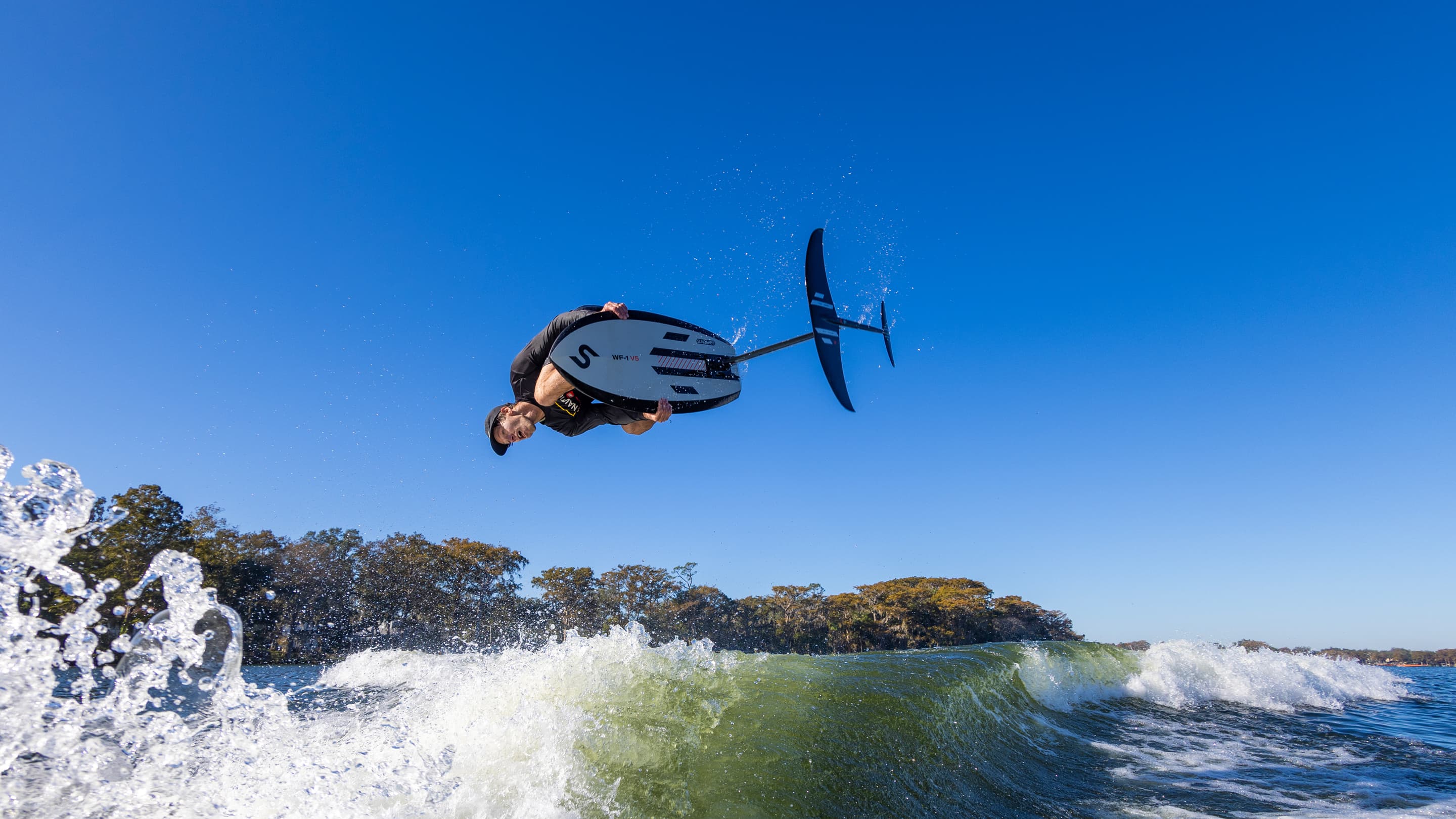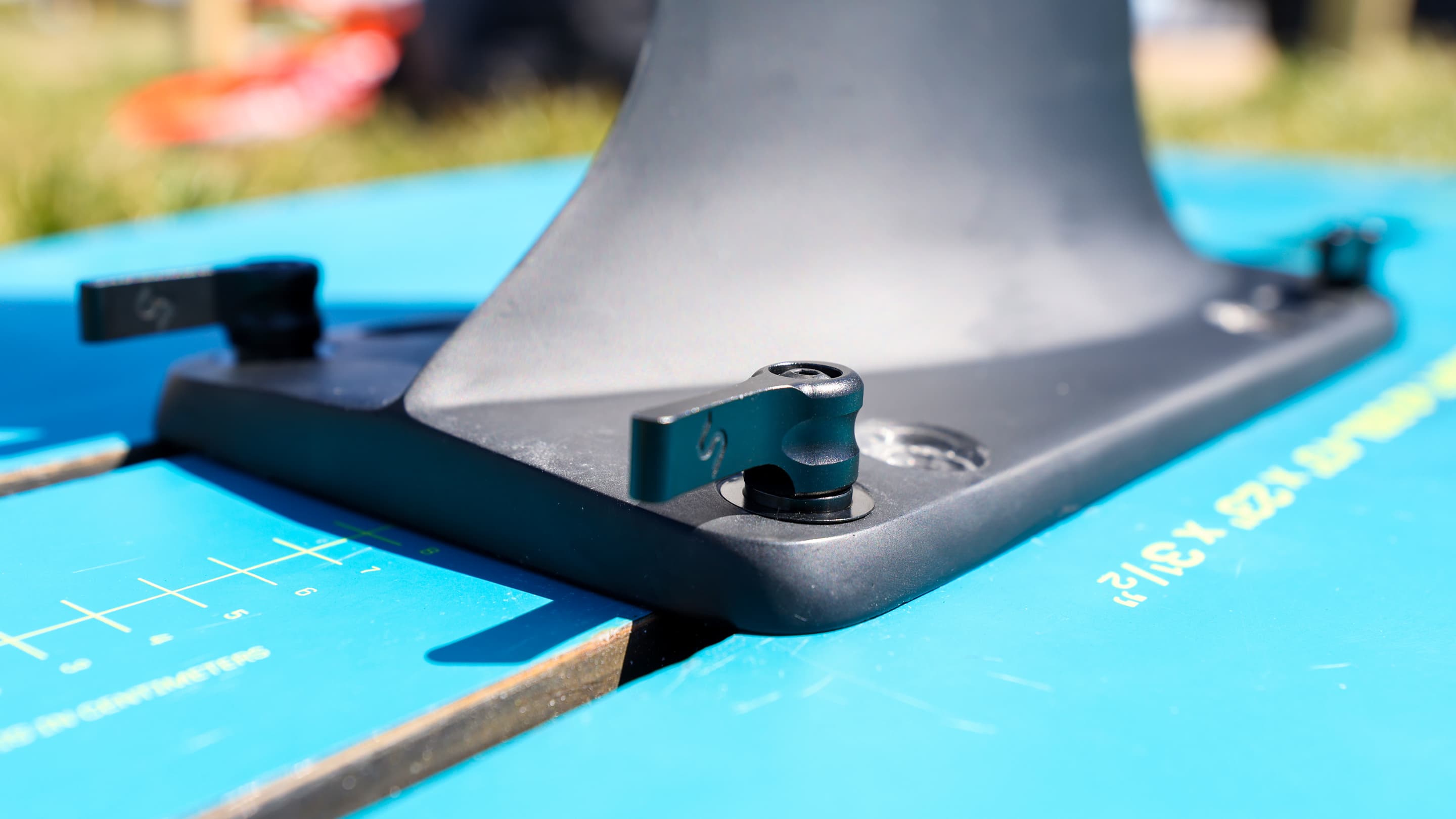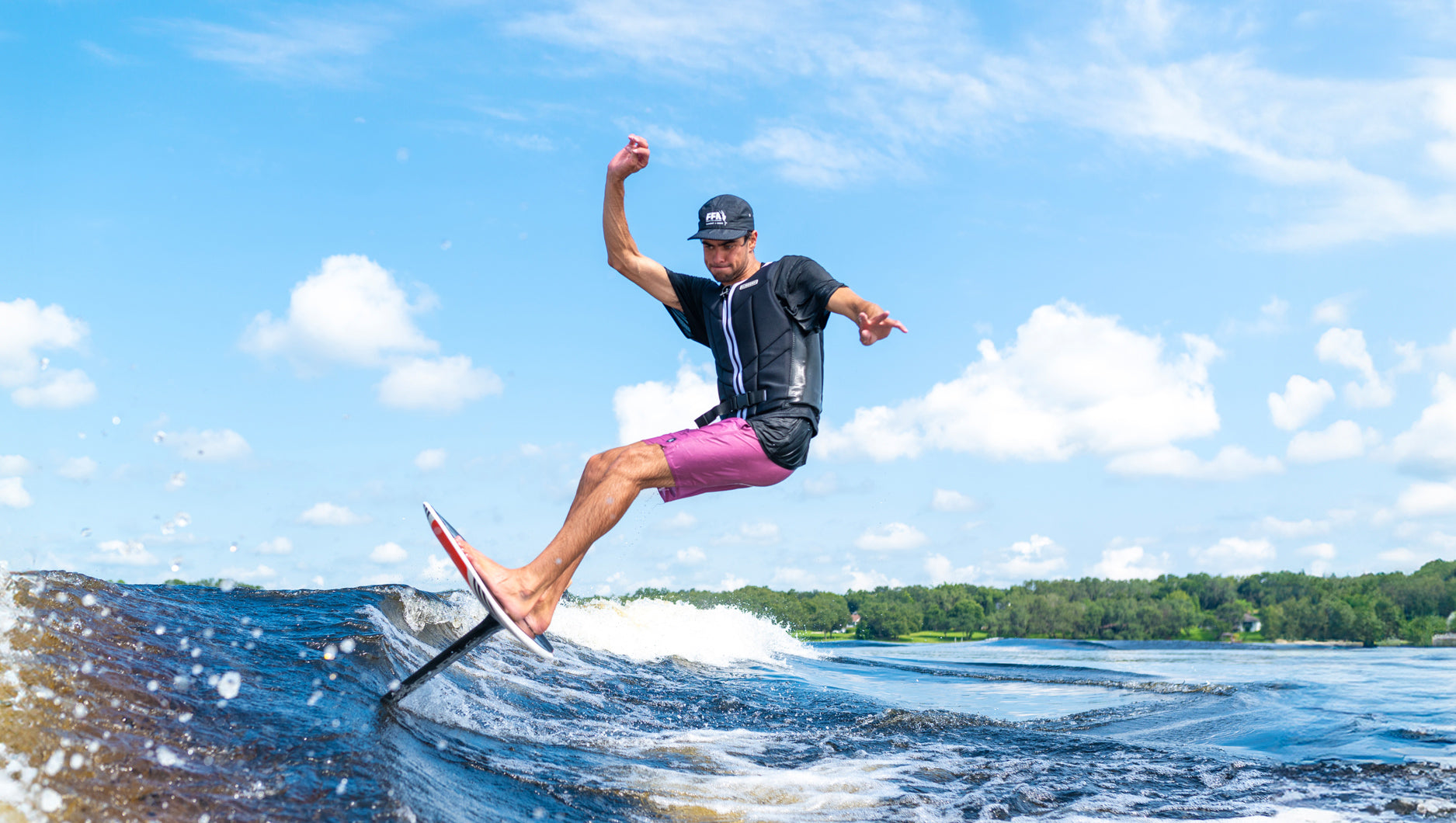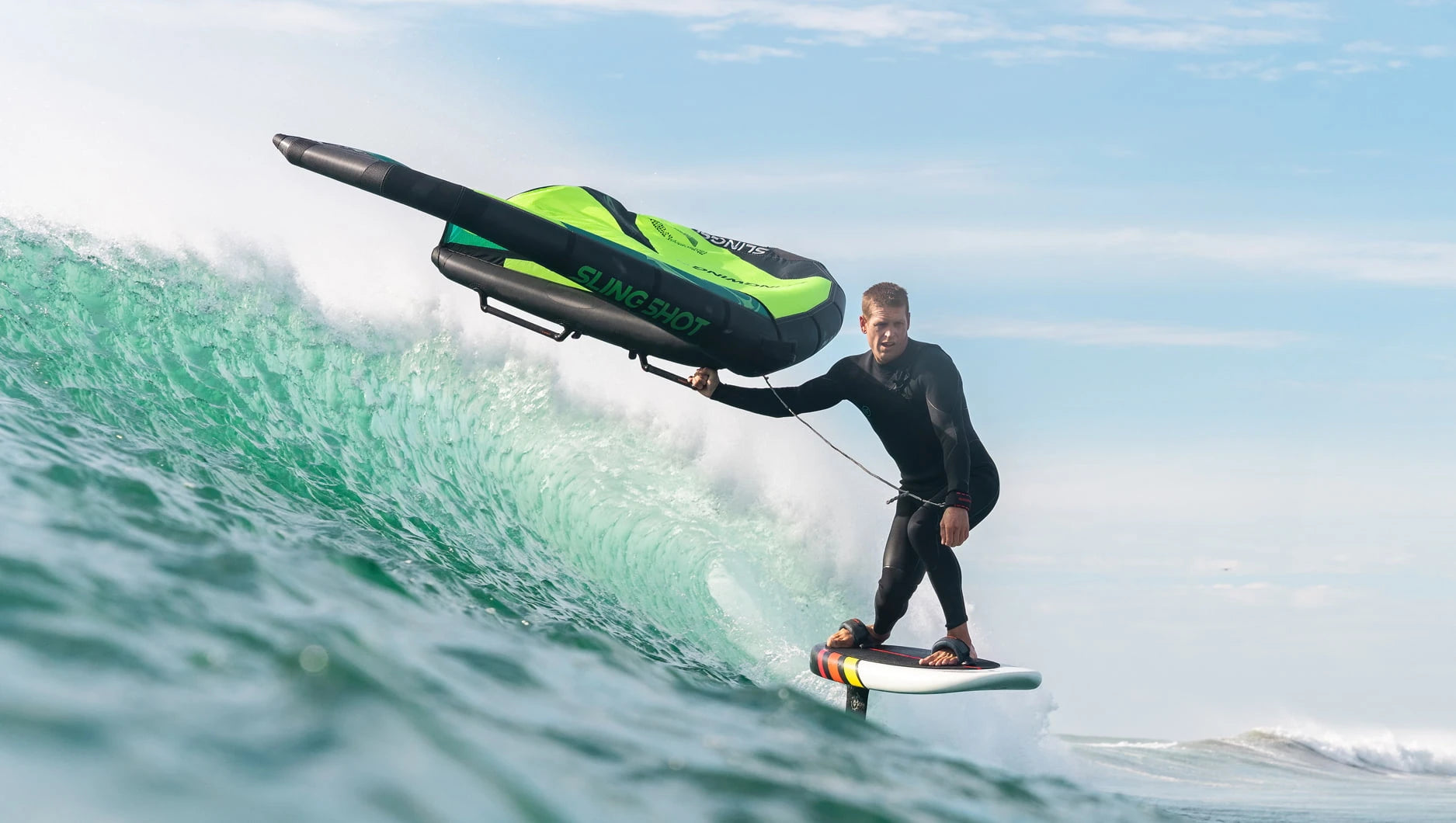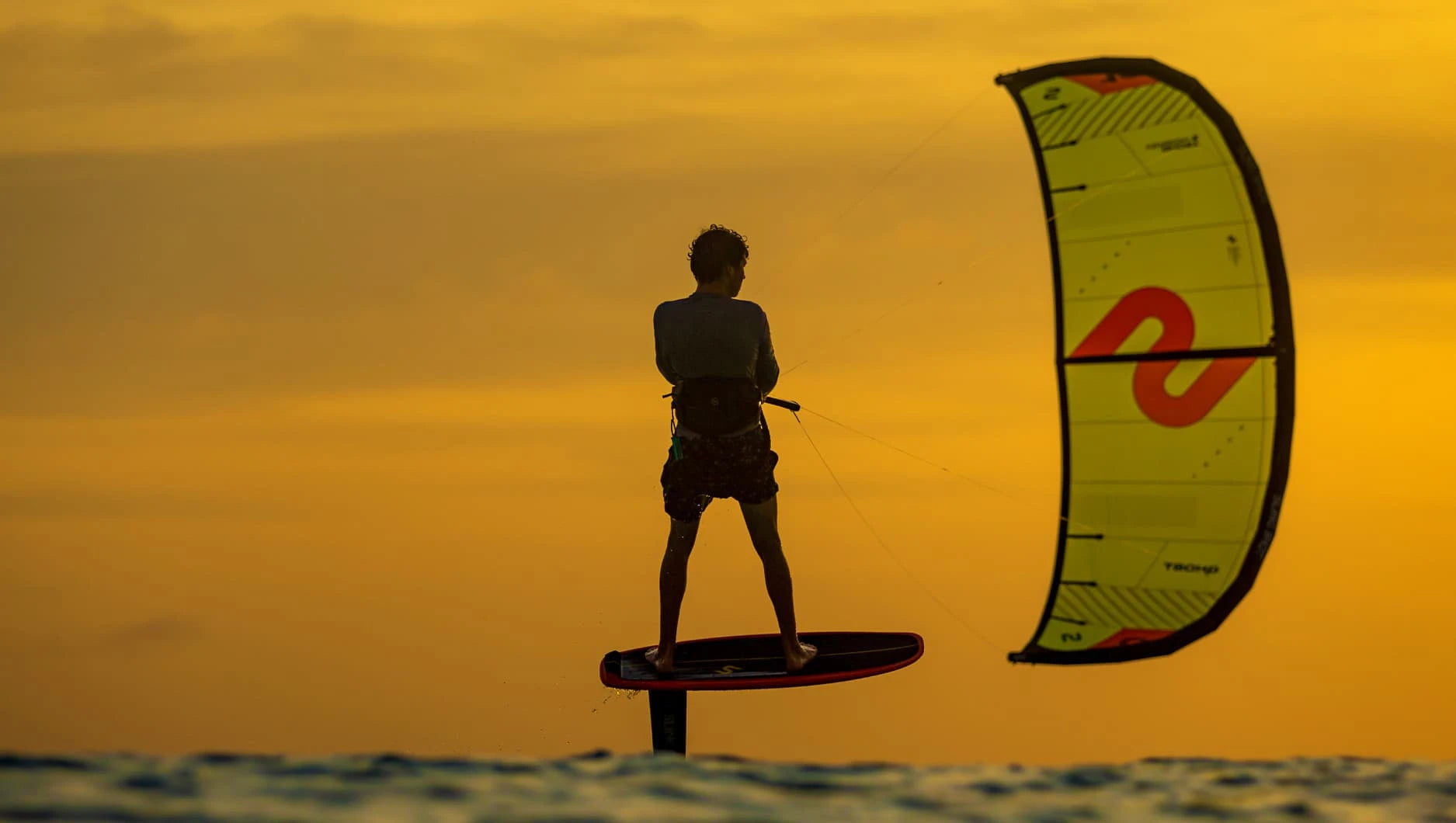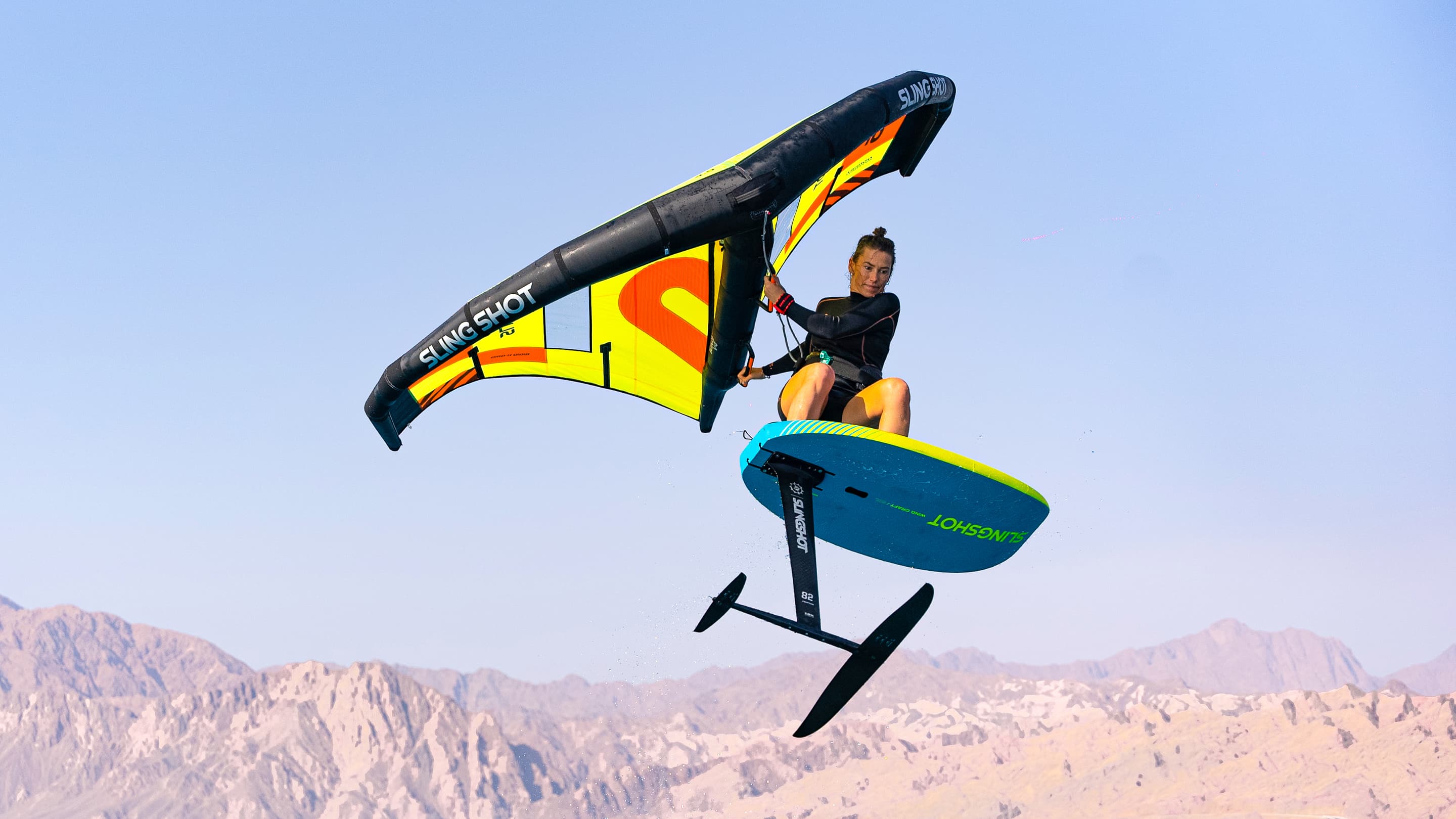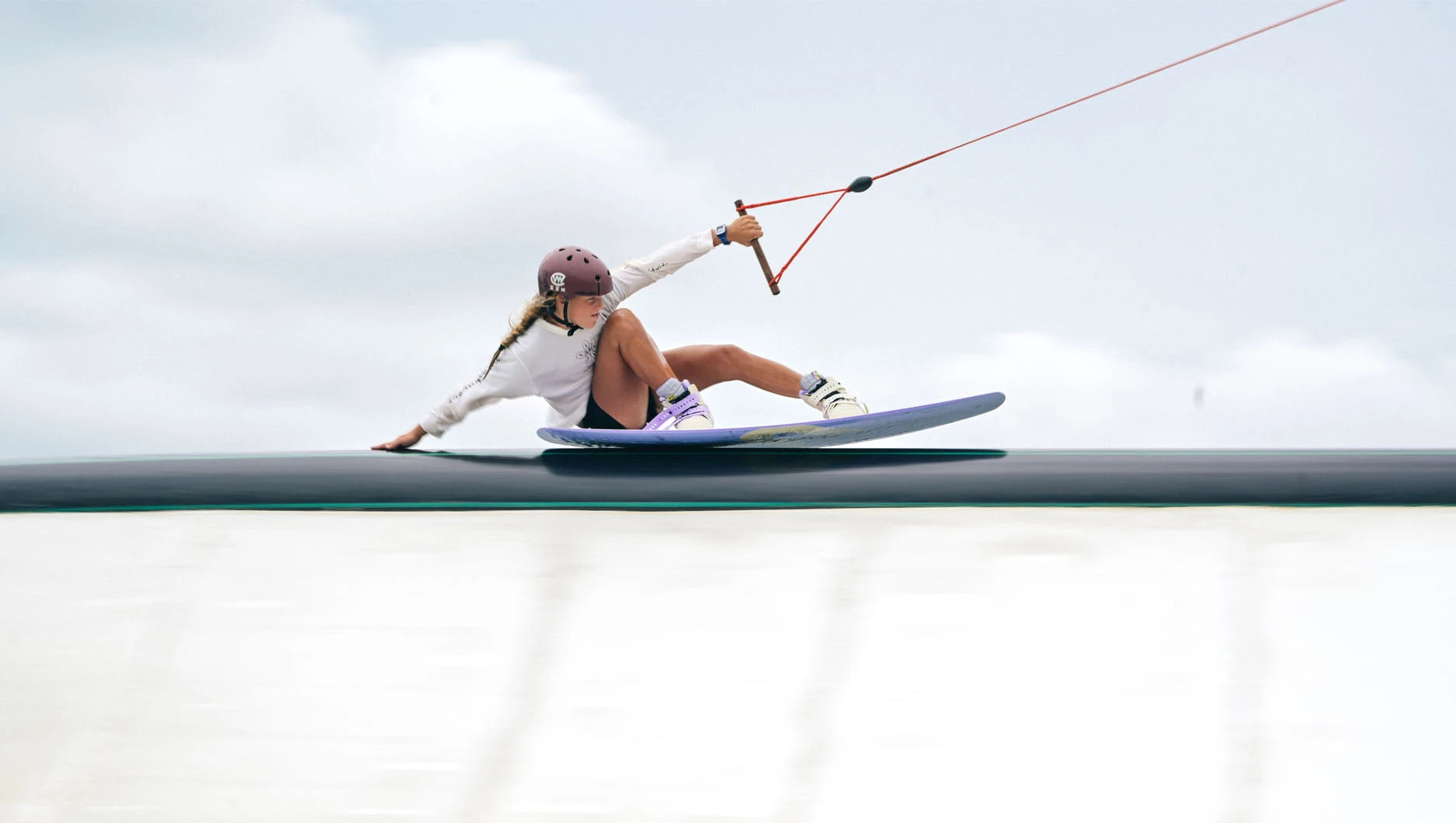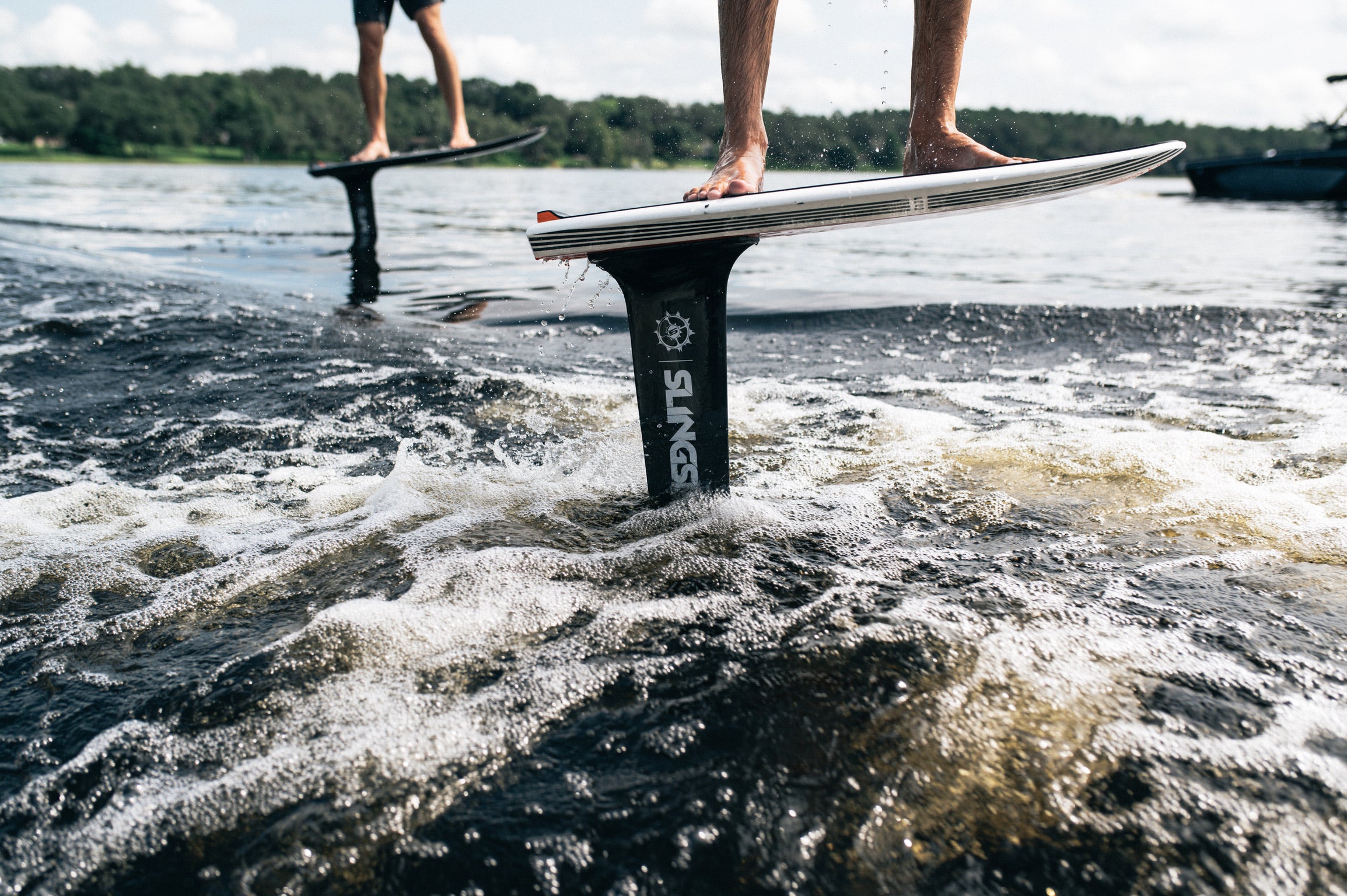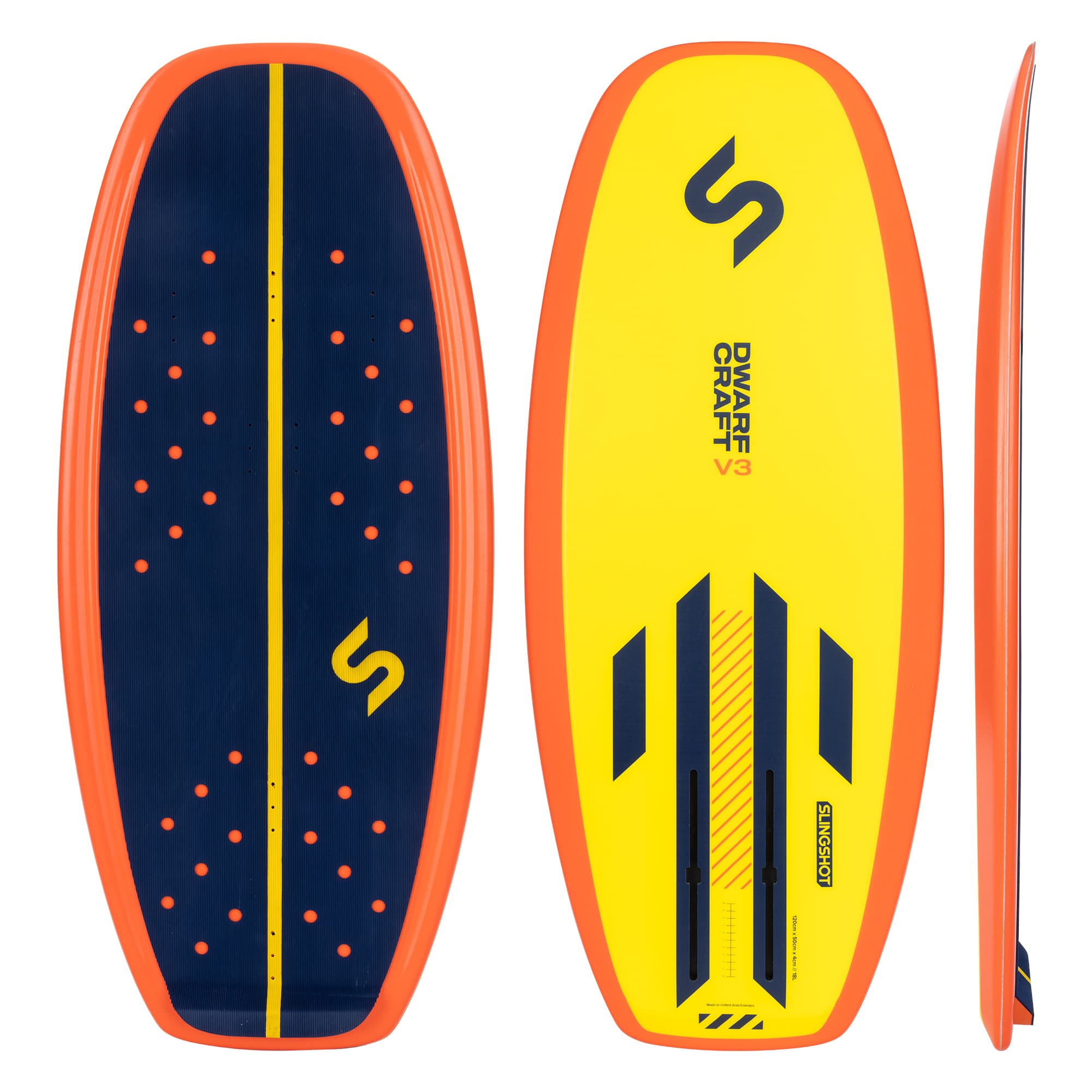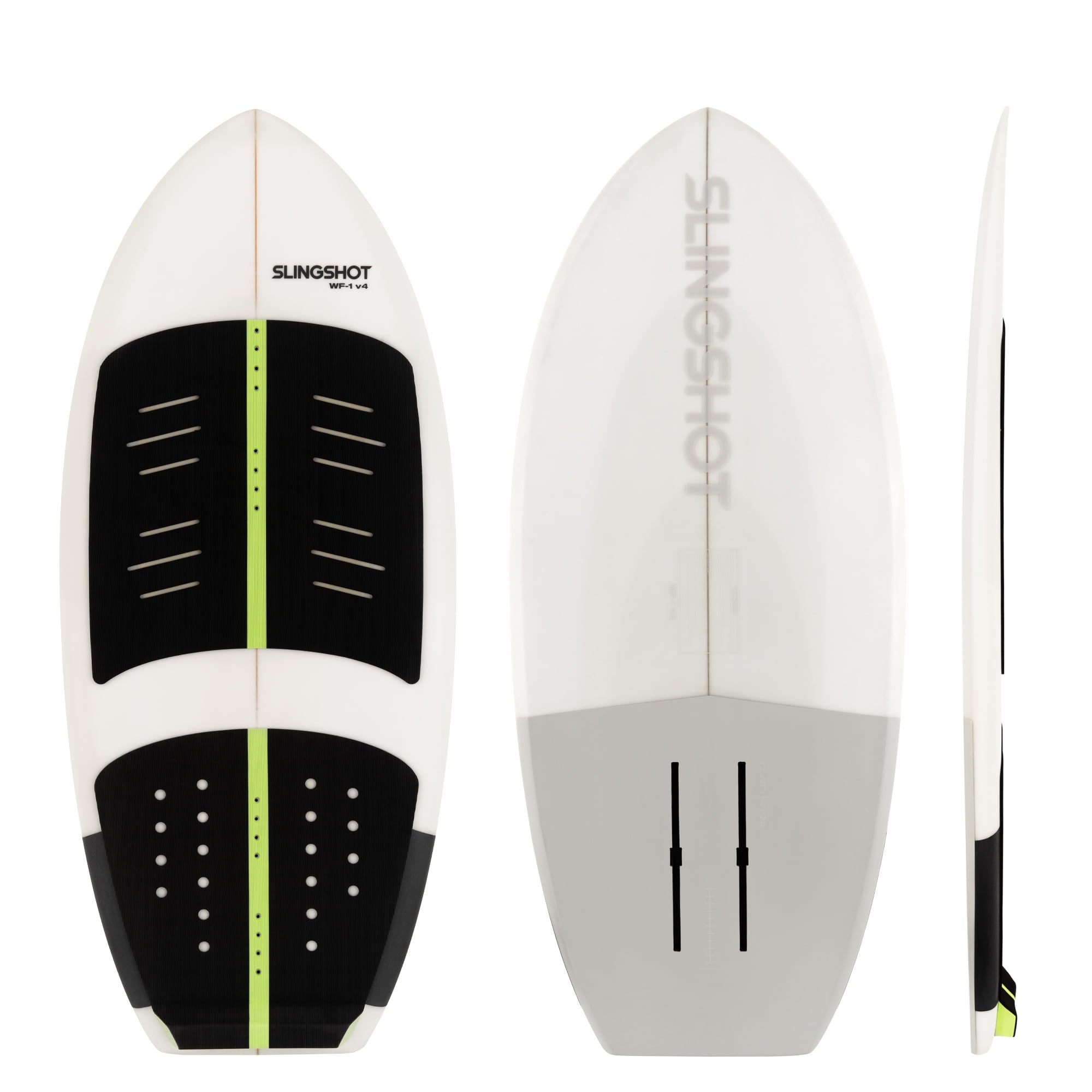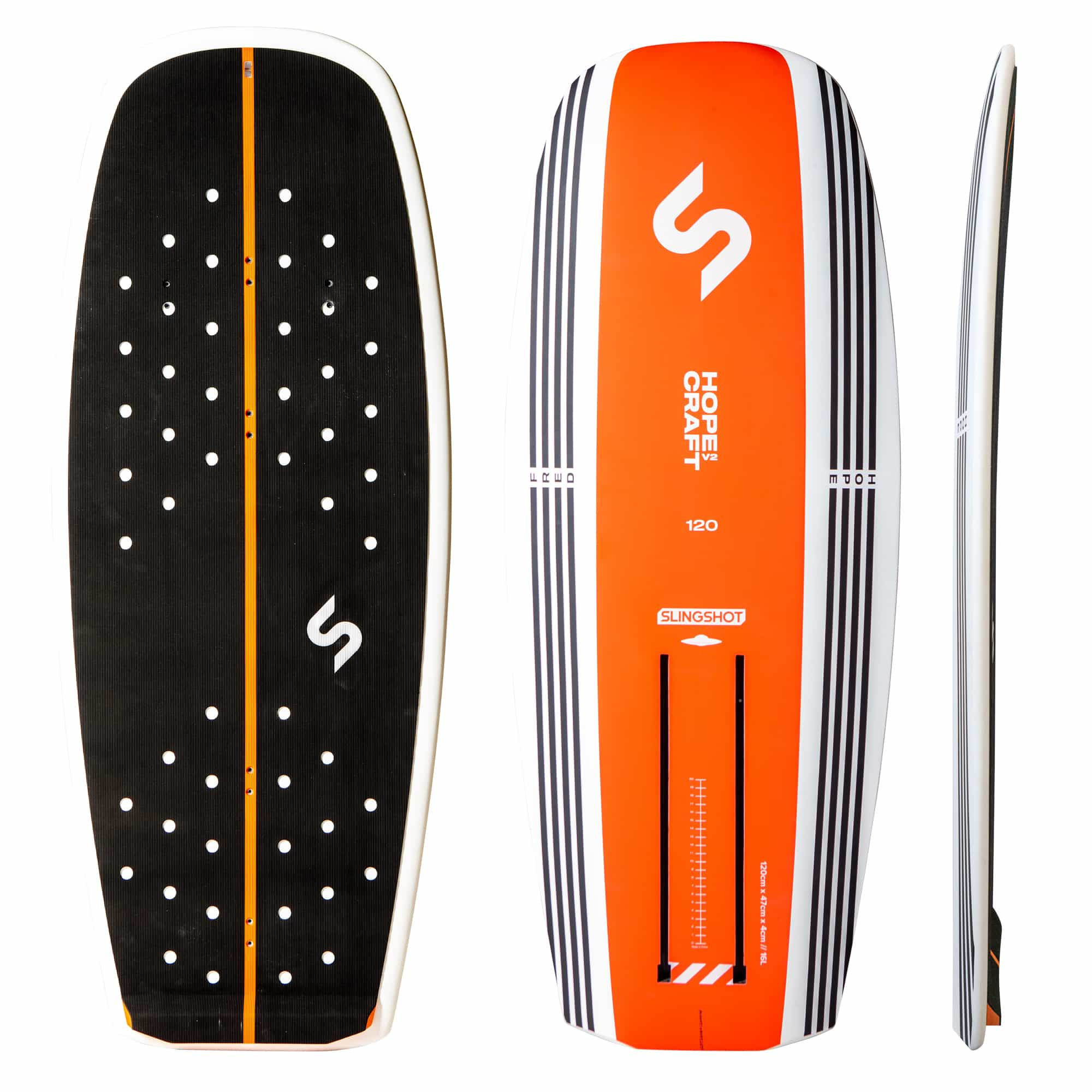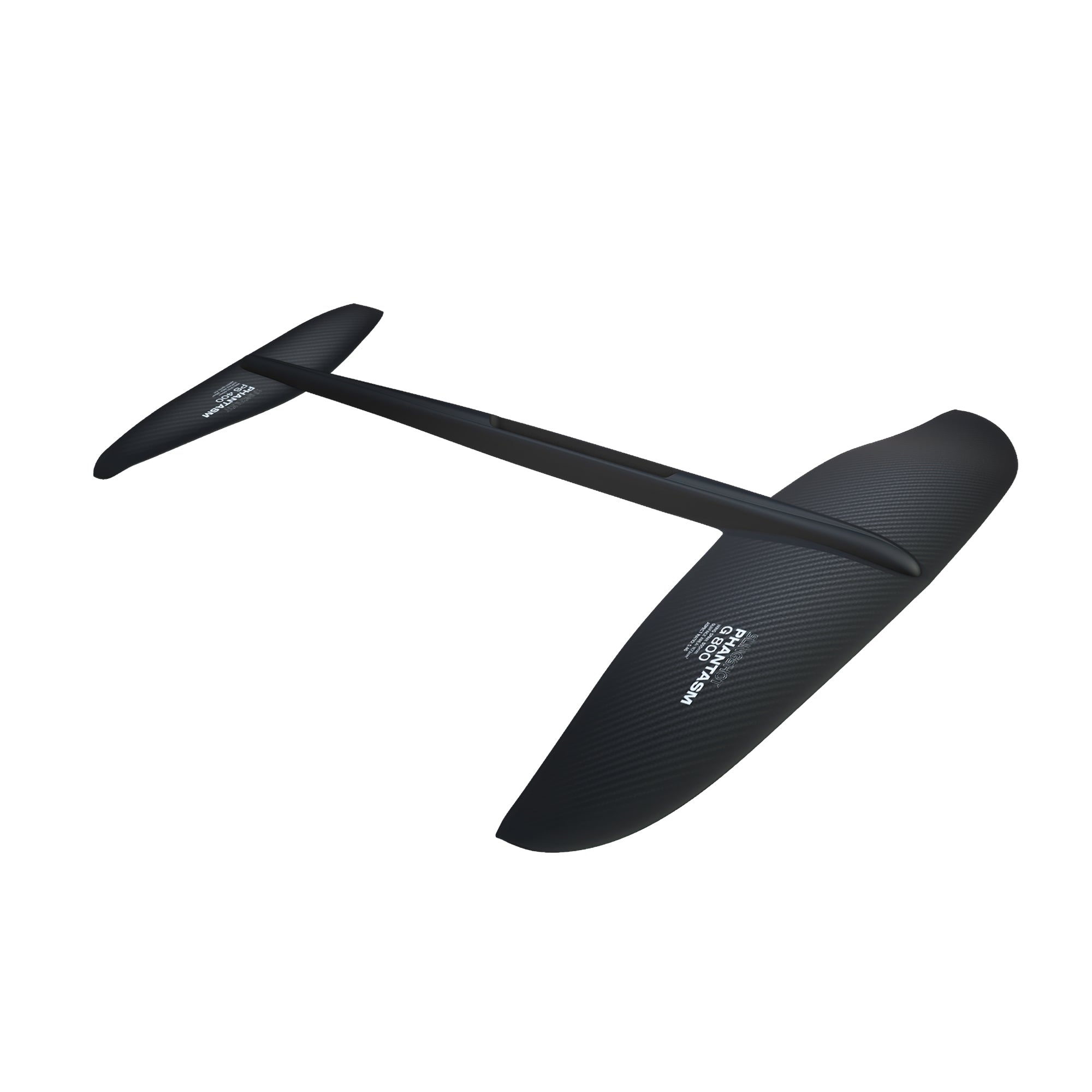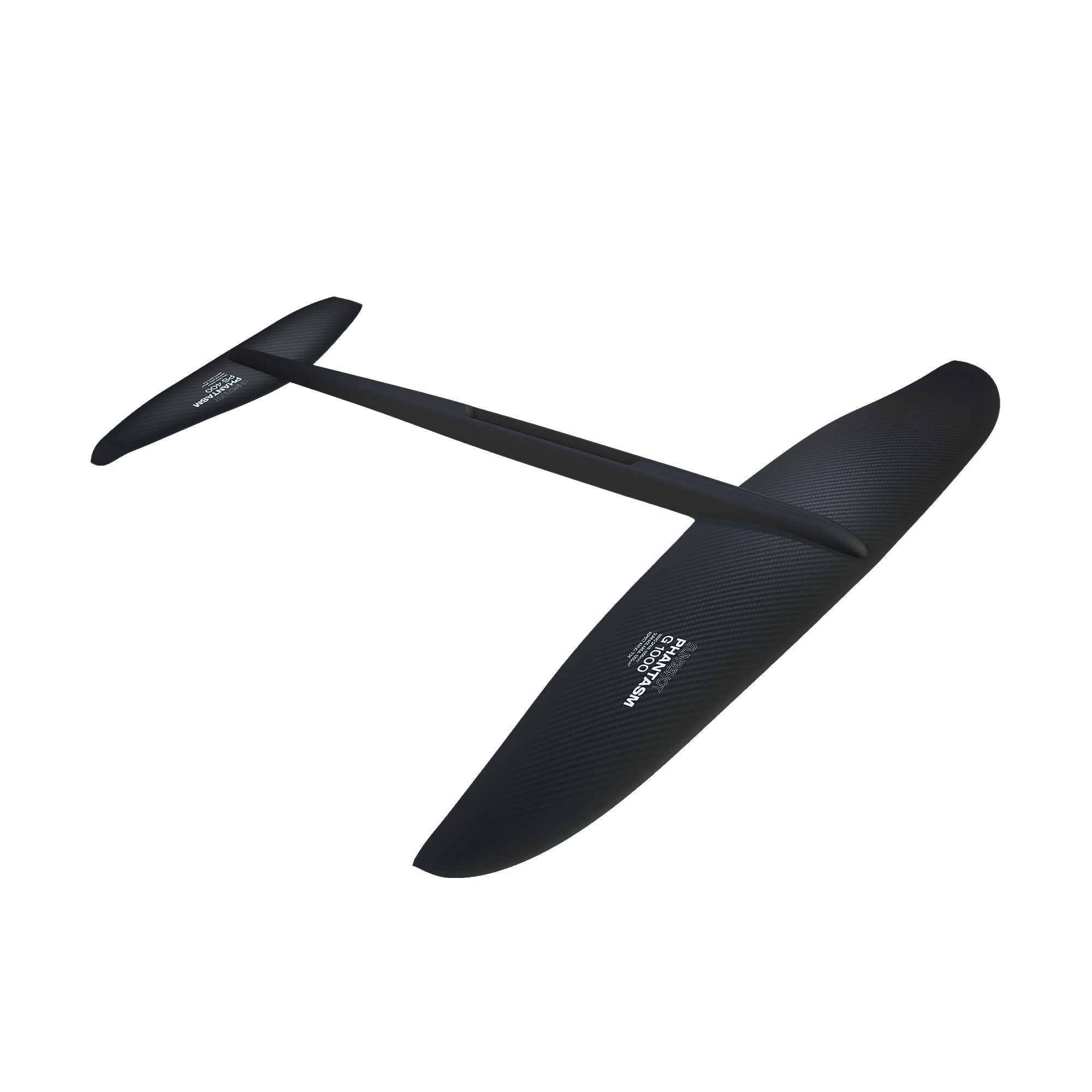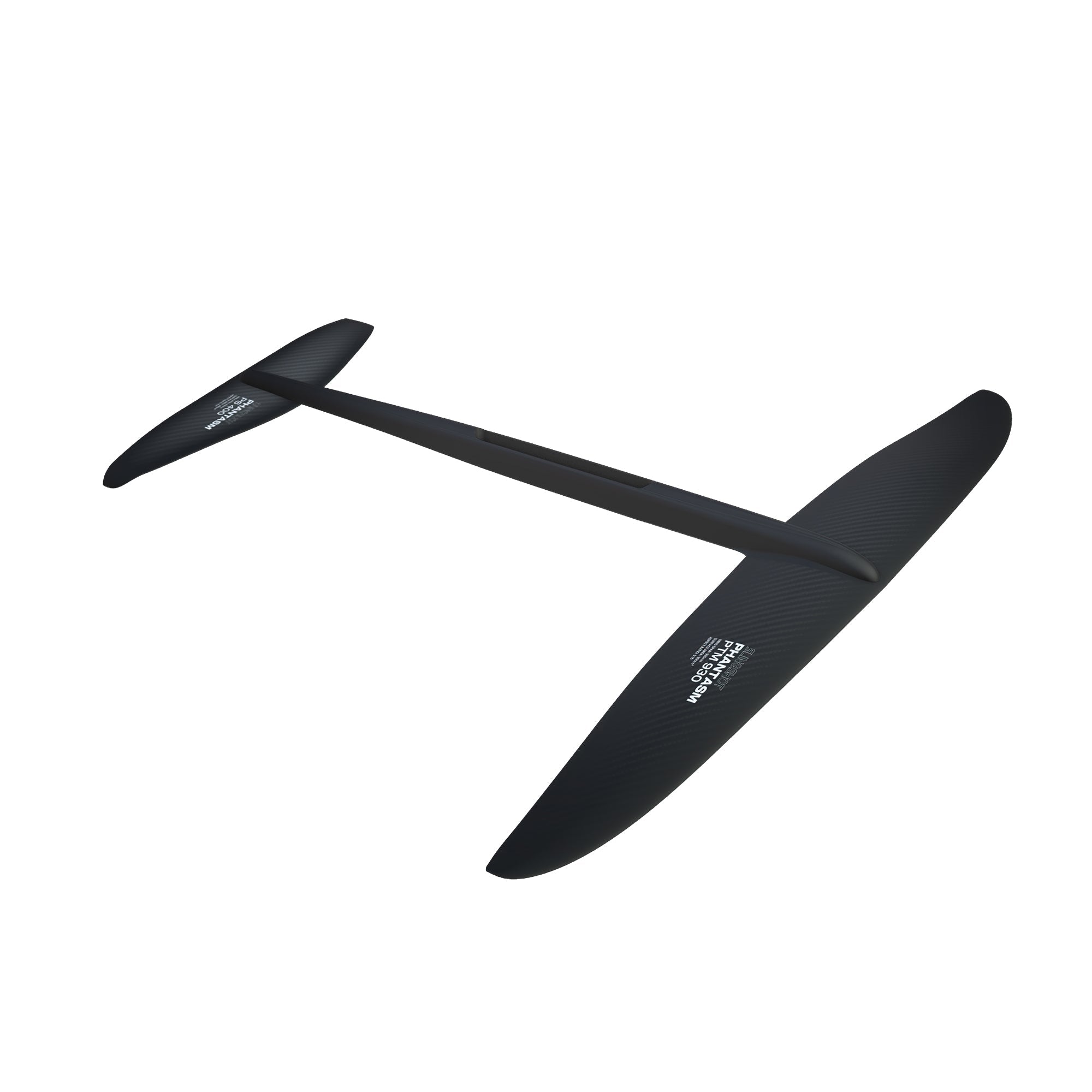Welcome to the Glide Zone. It's the foiling playground that exists behind almost every boat. Thanks to the foil, having a boat is now basically like having a private surf park for you and all your foiling friends. The foil has re-invigorated hundreds if not thousands of lifelong watersports enthusiasts as the world of possibilities has been completely re-imagined. No longer are you restricted to just one wave, rope length, or routine. EVERYTHING is new with the foil and YOU get to be the pioneer of new possibilities. Below is simply a guide to getting started on YOUR journey.
Suggested Pre-Req's for Getting to the Glide Zone:
1. learn to foil with the rope in hand
2. Be comfortable carving and pumping with the rope
3. be able to surf wave 2 without the rope - take your time here to really get comfortable mastering your ride height and carving skills.
Setting Up Your Boat for the Glide Zone – Unlike wakesurfing, when foiling you want to create a long, round, and lumpy rolling wave with minimal whitewater. The advantage of a longer lumpier wave is that the power and the push is spread throughout it more evenly. This makes the wave more predictable and enjoyable with less surprises. The foil does not like surprises. Another thing you want to try to do is to minimize the amount of whitewater the wave is producing. The less white water you have the less turbulence you feel with the foil, leading to a smoother more predictable experience overall.

Getting to Wave 2 - there are lots of creative ways to get back to wave 2, but the easiest is to use a full-length wakeboard rope. This may place the rider slightly in front of the sweet spot on wave two depending on boat speed. Slowing the boat speed will bring wave 2 closer to the back of the boat and speeding the boat up will push wave 2 farther back behind the boat. In general, the sweet spot on wave two is right on the line of clean water from the flats and the bubbly water on the surface that results from the breaking of wave 1.

Wave Transfer (side to side) - to crossover to the wave on the opposite side you will want to take a 45-degree approach through the center of the wakes. Get some speed from the back of wave forward and follow the 45-degree line of the wave towards the center of the wake. It’s important to ride the foil high and glide through the prop wash as it’s usually filled with turbulence. Once through the center maintain that 45-degree angle and give it a few more pumps while keeping eyes on your destination. Voila!

Dropping Back a Wave (opposite side) - to drop back from one wave to the next consecutive wave on the opposite side you will want to take a 90-degree approach through the prop wash / center of the wakes. Get some speed from the back of wave forward and make your 90-degree exit pumping towards the center of the wake. It’s important to ride the foil high and glide through the prop wash as it’s usually filled with turbulence. Once through the center keep your eyes on where you want to land and give it a few more pumps.
Dropping Back a Wave (same side) - to drop back from one wave to the next consecutive wave on the SAME side you will want to take a 90-degree approach off the current wave and out into the flats. Get some speed from the back of wave forward and make your 90-degree exit pumping towards out to the flats. You will have NO help from a wave in the flats, so your pumping cadence is crucial to maintain flight. Too fast is always better than too slow when pumping the flat water. Pump out at a 90-degree angle for 9 or 10 pumps and then make a U-turn back towards the next wave back.
Common Problems
Riding the Foil Too Low in the Water - The lower the wings are beneath the surface the more drag you experience and the less wave power you can harness, often times causing the foiler to run out of steam.
Pumping Too Slow - Most times when we see foilers fail to transfer from wave to wave it’s because their pumping cadence is too slow. A faster pumping cadence helps you keep your speed up and get places faster without running out of gas!
Glide Zone Gear
Slingshot's "Glide Zone" category of products helps you unlock these waves and enables you to explore the space farther back behind the boat. Small, stiff boards are efficient for pumping and the G series of wings offer the glide you need to travel efficiently from one wave to another without the need for a rope!





